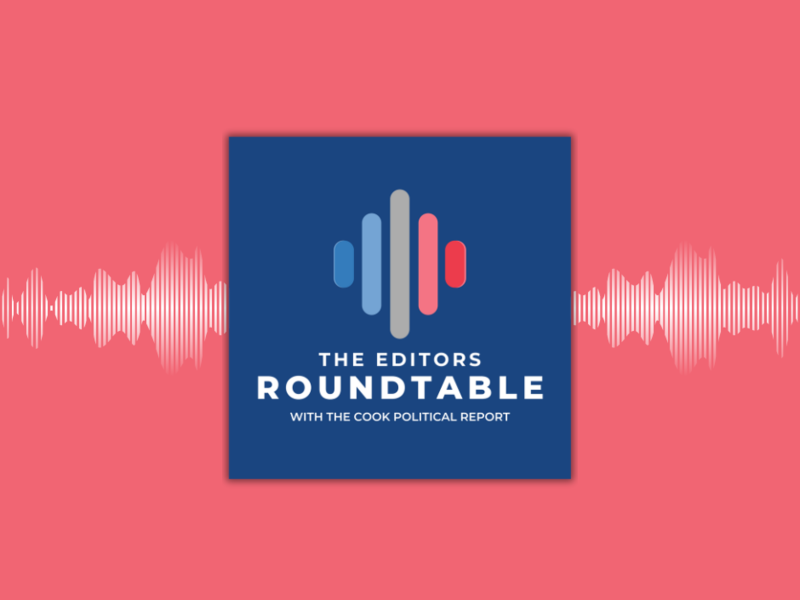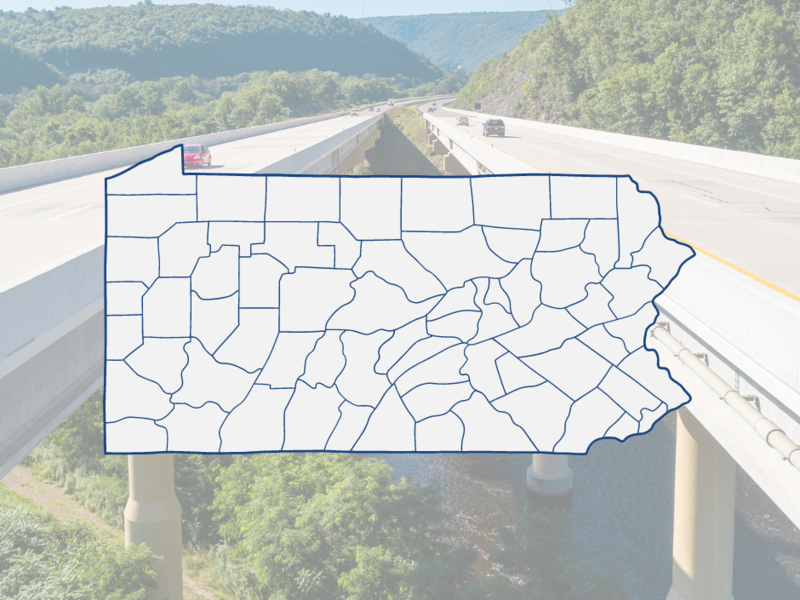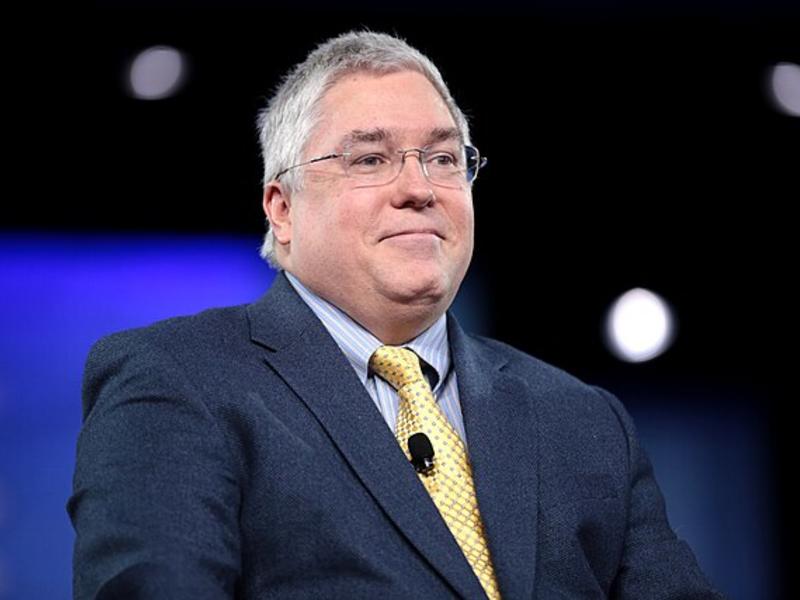
This article was originally published by the National Journal on June 25, 2021.
On Wednesday evening, we got the barest outline of a deal between President Biden and a group of five Democratic and five Republican senators on an infrastructure package. The fruits of the negotiations look more like what had been expected of Biden since the election, as opposed to the partisan process of the COVID relief and economic stimulus package in March. The deal includes nearly $600 billion in new spending, getting a lot of useful things done without shooting for the moon.
Of course, this isn’t a done deal, and while it appears to pass muster with the Senate centrists who proposed it, it is not clear that it will be acceptable to either progressives on the left of the House and Senate Democratic caucuses or the conservatives on the right. Indeed, Speaker Nancy Pelosi appears intent on holding this measure hostage until the centrists agree to back a reconciliation package that would include the laundry list of items left out of this package—some traditional public works-style infrastructure, as well as the softer, social services spending that was incorporated into the American Families Act.
As this column pointed out earlier this week, with the economy firing on all eight cylinders, the purpose of this legislation has changed from shoring up and stimulating growth to the substance of the measure itself—the long-ignored and deteriorating transportation systems, as well as water and sewer lines and expanding broadband.
The danger for House Democrats and the left is that if the party is seen as holding hostage much needed deferred maintenance on our infrastructure in order to advance their green climate change and social welfare agenda items, that could be a sticky problem in competitive districts and states, especially those with large suburban populations. Of course those pushing hardest for the green and social programs are those from the safest of districts and states, so they tend to be less cognizant or appreciative of the political danger.
There is a similar danger for Republicans. On the original “hard” infrastructure package, it was the size rather than the content that was problematic, with few if any radioactive elements. Now that the size has come down, Republicans face a downside with swing voters if they’re seen as just opposing and obstructing
The other political move by Biden this week was his Wednesday speech on the uptick in violent crime and what can be done about it. The address was a tacit acknowledgement that law and order did pop up as a reason for some swing voters to take an unexpected detour away from the Democratic ticket in the closing weeks of the campaign. Since the 1960s, in fact, Democrats have often been perceived as “soft on crime.”
Last fall’s challenge for Democrats was less the straightforward issue of crime on the streets but of lawlessness in the streets, when in quite a few cities peaceful and lawful protests spun out of control. Republicans were able to raise enough questions in swing voters minds that Democrats could not be trusted to preserve order.
New polling this week shows Biden maintaining his strength, but with an obvious place where he could slip as well. The compilation of Gallup Organization interviews covering June 1-18 indicated a 56 percent approval, 42 percent disapproval rating. A more recent Fox News poll conducted June 19-22 indicated the same 56 percent approval, with disapproval a point higher at 43 percent.
It is the party breakouts in the Fox and Gallup surveys that illustrate the story. Among Democrats in the three Fox polls this year, Biden’s lowest approval was 93 percent, his highest was 95 percent. In six series of Gallup numbers this year, Biden’s lowest numbers among Democrats was 92 percent, his highest 98 percent.
Among Republicans in the Fox polling, Biden’s lowest approval was 14 percent, his highest (in the most recent poll) was 21 percent. Gallup’s polling ranged from 8 percent to 12 percent highest among GOP voters, with the recent survey clocking in at 11 percent.
With nearly monolith approval among Democrats and disapproval among Republicans, the driver is independents. In the Fox surveys there was a wide range of 13 points, the low was 42 percent, both the highest and most recent was 55 percent. The Gallup numbers showed a bit less variance at 11 points, lowest 50 percent, highest 61 percent, most recent 55 percent.
Comparing the Gallup approval levels for Biden with those of previous presidents in June of their first year, Biden’s 53 percent is 15 points better than Donald Trump’s 38 percent and 11 points above Bill Clinton’s 41 percent. He trails George W. Bush’s 54 percent and Barack Obama’s 61 percent.
So to sum up Biden’s overall standing with the electorate, he’s not underwater, but they don’t see him as walking on water either.










Subscribe Today
Our subscribers have first access to individual race pages for each House, Senate and Governors race, which will include race ratings (each race is rated on a seven-point scale) and a narrative analysis pertaining to that race.